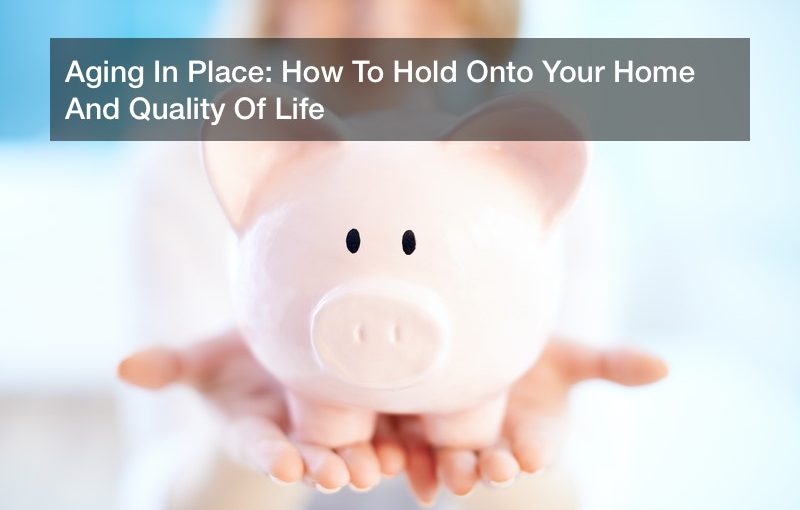
Getting older can be a difficult process. Many of us end up struggling with basic, everyday tasks; moving, even if it’s just from room to room, gets more difficult and our homes become filled with arduous obstacles. Because most aging adults aren’t interested in switching to smaller houses or moving to communities designed to meet their needs, aging-in-place modifications have risen in popularity; approximately 62% of builders are focused on such projects. If you want to stay in the home you raised your family in and continue to be healthy and active, here are some tips to help you along your journey.
Plan Ahead
Getting older is not something that happens overnight. This means that you’ll have plenty of opportunities to get your ducks in a row before you truly need them — or before you’re incapable of making the necessary changes. Home renovations are time-consuming and often take a significant amount of effort; if you wait until you’re in your late 60s to get started, you’ll find the tasks to be almost impossible. Because we begin to slow down physically as we age, it’s best to establish a workout routine while you’re healthy and mobile; the earlier you start on both of these goals, the more prepared you’ll be.
Renovate
Aging-in-place is primarily focused on simple changes you can make to your home that will make life easier in the coming years. For example, 11.6 million Americans rely on canes, walkers, or crutches to get around; the best way to avoid the struggle of getting up and down the stairs is to move your bedroom to the first floor. In addition to walk-in showers, shower seats, non-slip flooring, automatic window treatments (switch to functional shades rather than decorative), and a potential front door ramp, your home will be fully suited to your needs.
Stay Active
Many of the problems that aging adults face — mobility issues, in particular — can be solved or improved through exercise. Consider the biggest risks the elderly face: poor balance and stability often leads to falls, which can be extremely difficult to recover from; a lack of movement can cause joints to become stiff and inflexible, making simple movements painful and exhausting; and weakened immune systems put the elderly at high risk of illness. Physical exercise can impact all of these problems, but only 35% to 44% of adults 75 years or older are physically active, and only 28% to 34% of adults ages 65 to 74 are physically active. If you get into a routine early on, you can actually prevent many of the ailments that aging adults suffer from entirely.
Getting older isn’t easy, but it is something that all of us face. Rather than sit back and wait for your body to slow down, you can take an active role in your future. By upgrading your home and committing to an exercise program, you can ensure that your retirement years are the best ones yet!
